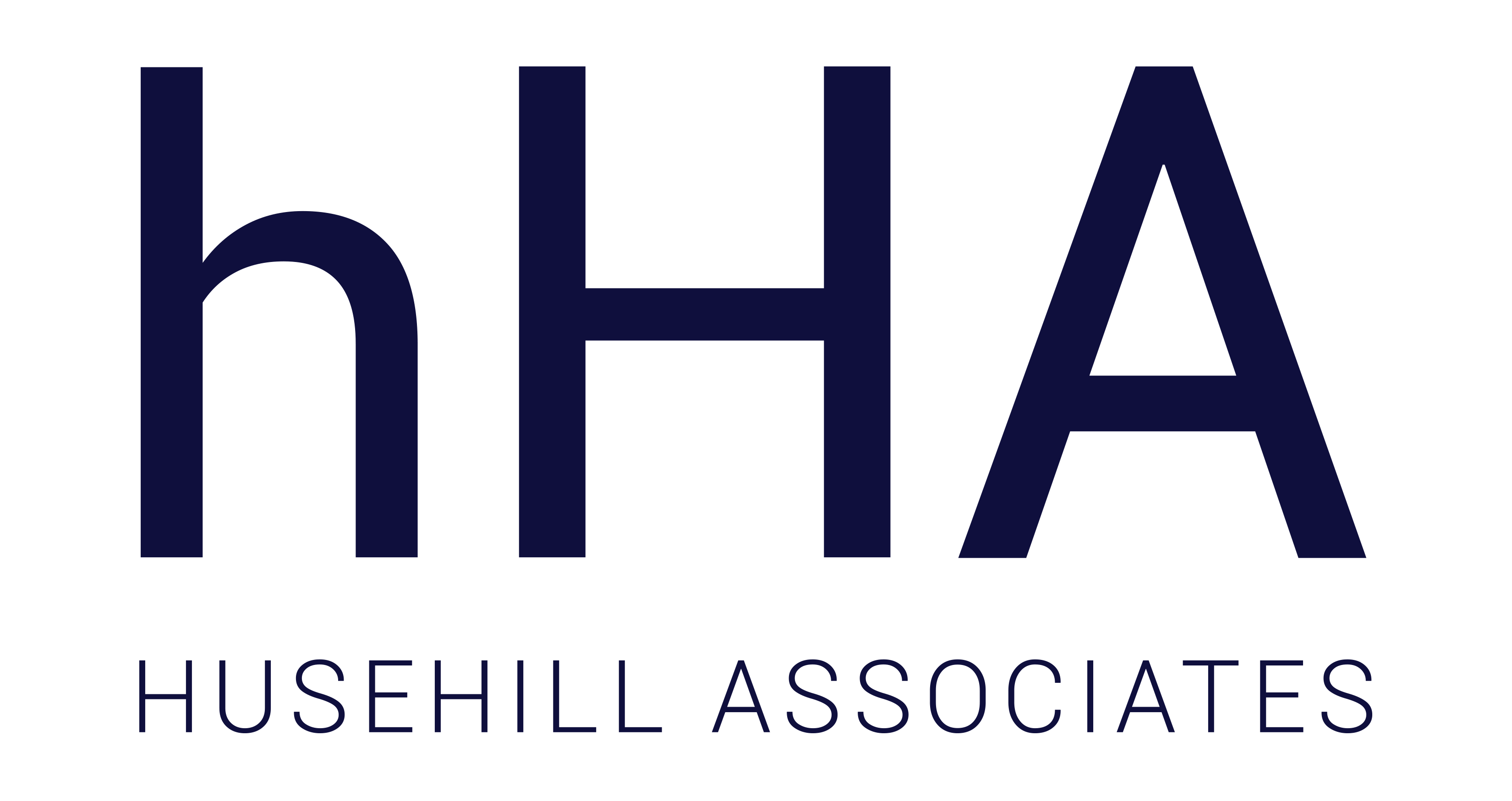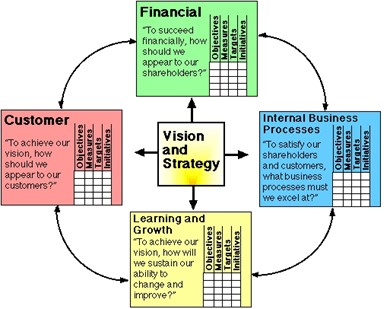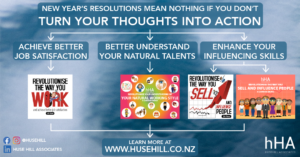Post Statistics
This post has 652 words.
This post has 4281 characters.
This post will take about 3 minute(s) to read.
The Balanced Scorecard is a strategic planning and management system that is used extensively in business and industry, government, and non-profit organizations worldwide to align business activities to the vision and strategy of the organization, improve internal and external communications, and monitor organization performance against strategic goals. It was originated by Drs. Robert Kaplan (Harvard Business School) and David Norton as a performance measurement framework that added strategic non-financial performance measures to traditional financial metrics to give managers and executives a more ‘balanced’ view of organizational performance.
This has evolved from its early use as a simple performance measurement framework to a full strategic planning and management system. It provides a framework that not only provides performance measurements, but helps planners identify what should be done and measured. It enables executives to truly execute their strategies. It enables organizations to clarify their vision and strategy and translate them into action. It provides feedback around both the internal business processes and external outcomes in order to continuously improve strategic performance and results.
The Balanced Scorecard suggests that we view any organization from four perspectives: Learning & Growth Perspective, Business Process Perspective, Customer Perspective and the Financial Perspective, and to develop metrics, collect data and analyse it relative to each of these perspectives. This helps create future values through investment in customers, suppliers, employees, process, technology and innovation.
Kaplan has noted that 2 successful organisations who implemented the strategy and benefited well had CEOs with backgrounds in the Marines. Investigating a little further, he saw that there were similarities to how the Business Scorecard is implemented and how the Military prepares its troops. In the Military, each unit down to each soldier has a clear understanding of what the objective of the mission is. This is crucial as in the heat of battle, some key personnel may be removed from the unit, the rest of the unit will still know the objectives to carry out the mission without contacting headquarters for instructions. The aim of the Business Scorecard is the same, to have every employee aware of their place in the overall organisation and know how their tasks relate directly to the organisation’s key result areas.
Each person in a team must be able to define and describe their unique contribution to the team in terms of the role they occupy. Any role can be defined by three separate but related areas known as Key Result Areas (KRAs), Key Tasks and Competencies. Competencies are those measurable attributes which you bring with you that allow you to carry out the Key Tasks required by the role. Key Tasks or discrete units of observable performance in turn contribute to one or more Key Result Areas, the primary or critical outputs expected of the role. It is important to understand that each KRA needs to have at least one way for the organization to measure how you perform in each area. These are known as the Key Performance Indicators (KPI’s) for your position. KPI’s are simply a scoreboard for measuring how well you perform the group of tasks associated with your role.
Luckily, Outlook is the best tool ever invented, to help us keep on top of the most important things because we can change, or add to, all of Outlook‘s default ‘categories’ by deleting irrelevant categories and adding a category for each KRA that is relevant to your position, with a colour code for easy recognition.
In my book Revolutionise the Way You Work, I show you how you can keep track of all your Key Result Areas, Key Tasks and Competencies so that everyone in your organisation has a clear understanding of what their job entails and how it contributes to the organisation’s success, which in turn feeds back to success and job satisfaction for each worker.
Revolutionise The Way You Work Using Microsoft Outlook
Available in both hardcopy and ebook format.




